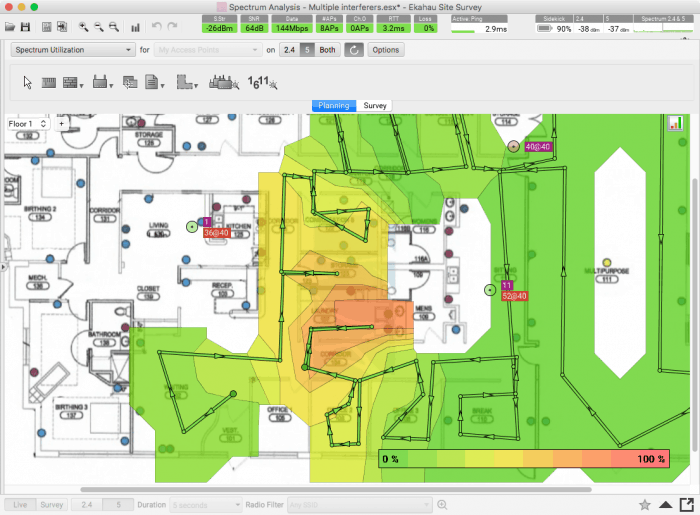Maximizing WiFi Speeds: Practical Tips and Best Practices
In our digital age, a slow WiFi connection can feel like the ultimate buzzkill. Whether you’re streaming your favorite show, attending a video conference, or controlling smart home devices, you need a speedy and reliable WiFi connection. But how can you boost those speeds? Prime-Net has the answers. Here are some practical tips and best practices to optimize your WiFi speeds:
Optimal Router Placement
One of the simplest ways to enhance WiFi speed is by placing your router in an ideal location. WiFi signals degrade as they pass through walls and other obstacles, so it’s best to position the router centrally, ideally on an elevated surface. Avoid corners, closets, or close proximity to other electronic devices that could cause interference.
Channel Selection
WiFi routers operate on specific channels. If multiple devices in your vicinity are using the same channel, it can lead to congestion and slower speeds. Many modern routers can automatically select the least congested channel, but if your router doesn’t have this feature, there are apps available that can help you analyze and select the optimal channel.
Signal Amplification
A simple way to increase WiFi speed is to amplify the signal. This can be achieved through various means, such as installing a more powerful antenna on your router or using a WiFi signal booster.
Using Modern WiFi Technologies
Adopting modern WiFi technologies can significantly boost your WiFi speed. For instance, mesh networks or range extenders can expand the coverage of your WiFi signal and improve the signal strength in hard-to-reach areas.
Regular Updates
Keep your router’s firmware updated to ensure it’s performing at its best. Updates often contain performance improvements and additional features that can help maximize your WiFi speeds.
Switch to a Wired Connection for High-Bandwidth Activities
While WiFi is convenient, a wired connection via Ethernet can provide a more stable and faster internet connection for high-bandwidth activities like online gaming or 4K streaming.
At Prime-Net, we understand the importance of a fast and reliable WiFi connection. That’s why we offer a range of WiFi solutions, from mesh networks to signal boosters, to help you maximize your WiFi speeds.

